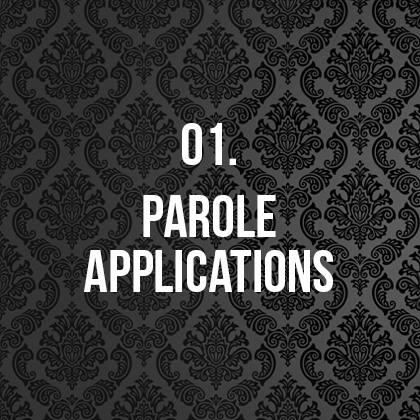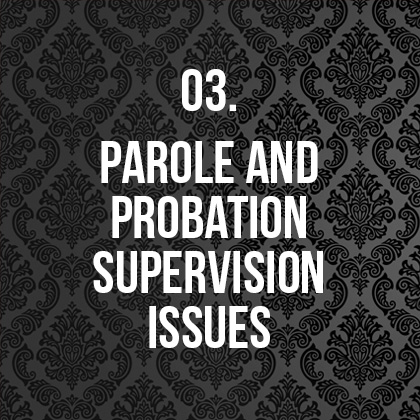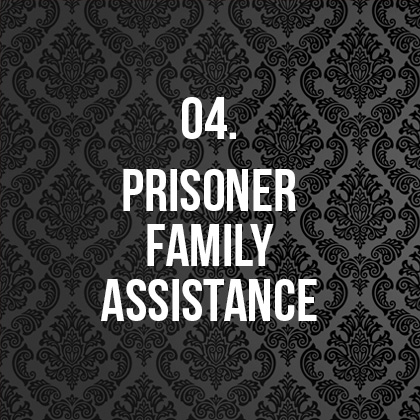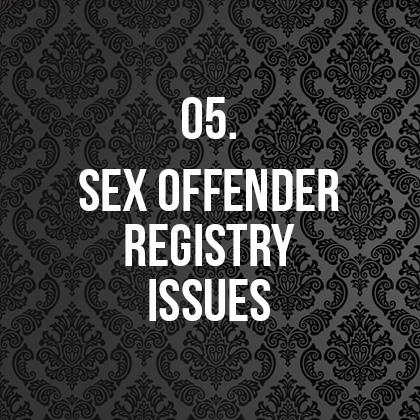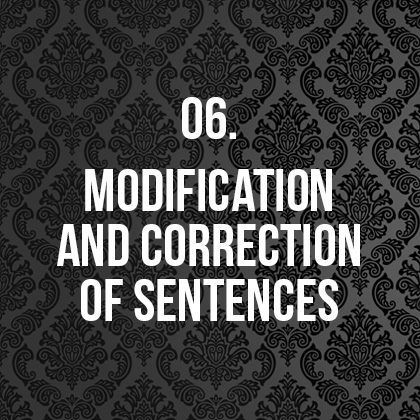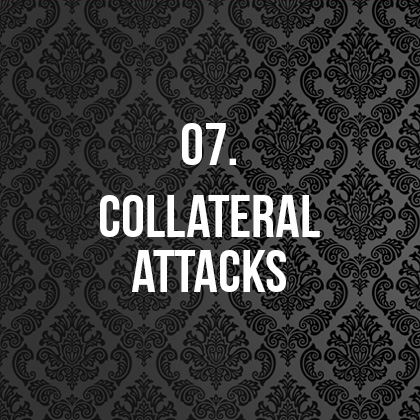
EXTRAORDINARY MOTION FOR NEW TRIAL
Although a motion for new trial must be filed within 30 days of a conviction, an extraordinary motion for new trial has no statute of limitations and may be filed at any time after a conviction. Only one extraordinary motion for new trial may be filed in a case, so it is wise to reserve this remedy for pursuit after other postconviction avenues, such as habeas corpus, have been exhausted.
Pursuant to O.C.G.A. §5-5-41 and caselaw precedent, a conviction may be challenged via an extraordinary motion for new trial if it can be shown, among other things, that newly discovered evidence has come to the defendant’s knowledge since the time of trial; that it was not owing to the want of due diligence that the evidence was not acquired sooner by the defendant; that the evidence is so material that it probably would have produced a different verdict; that the evidence is not cumulative in nature to other evidence at trial; and that the new evidence does not operate solely to impeach the credit of a witness from the trial.
Although it can be very difficult to prevail in a contested extraordinary motion for new trial, the remedy can also be used to arrive at a negotiated settlement when the underlying facts would also support a strong habeas corpus claim. In essence, a resolution is negotiated with the prosecutor in exchange for the agreement to dismiss the pending habeas corpus claim and not appeal the negotiated resolution. To discuss whether newly discovered evidence in your case might support an extraordinary motion for new trial, CONTACT US.
HABEAS CORPUS
Habeas corpus actions are pursued to challenge the constitutionality of convictions and sentences. Federal habeas corpus actions are based upon violations of the federal constitution. State habeas corpus actions are based upon violations of the state as well as federal constitutions. Unlike a defendant on direct appeal in the appellate courts, a habeas petitioner may develop the record pertaining to the petitioner’s case through introduction of evidence and through witness testimony at an evidentiary hearing. Examples of typical grounds pursued in habeas corpus actions are ineffective assistance of trial and appellate counsel, prosecutorial misconduct, and juror misconduct.
There is a very limited window of opportunity for filing habeas corpus actions. As a general guideline, federal habeas corpus actions must be filed within one year of the convictions becoming final, but that one year statute of limitations is tolled while state habeas relief is pursued. Also as a general guideline, state habeas corpus actions for a felony conviction must be filed within four years of the conviction becoming final, and state habeas corpus actions for the majority of misdemeanor convictions must be filed within one year of the convictions becoming final. Please CONTACT US to discuss whether habeas corpus relief is an available option in your case.

